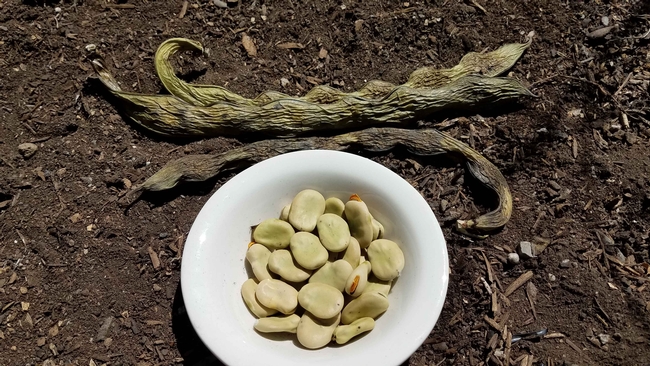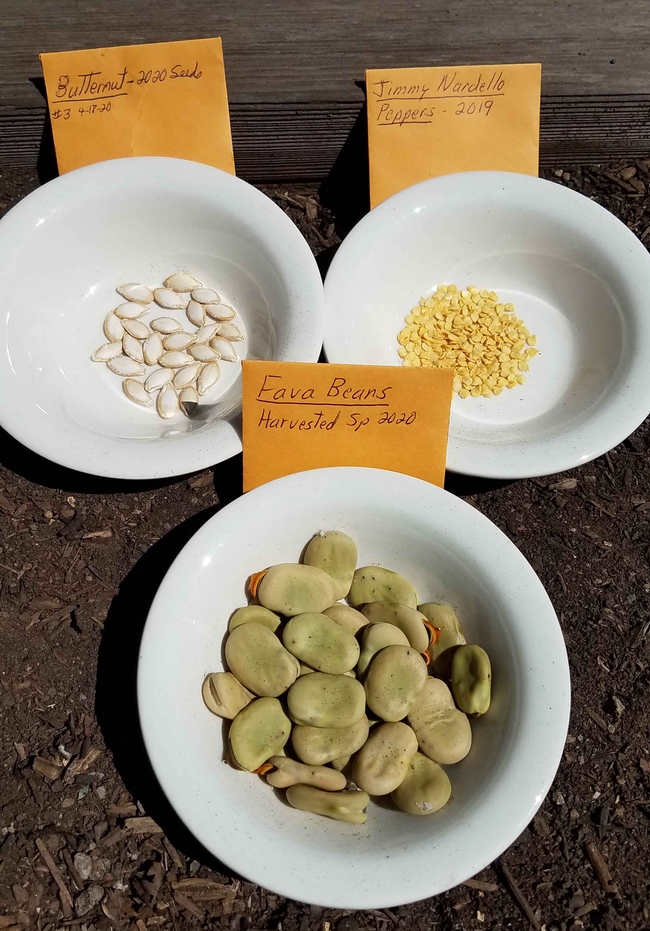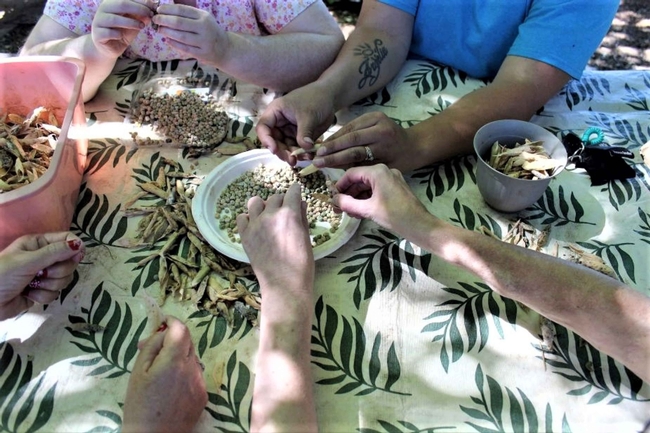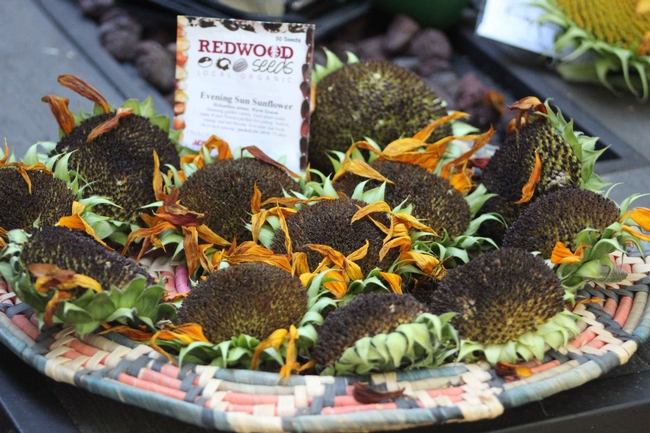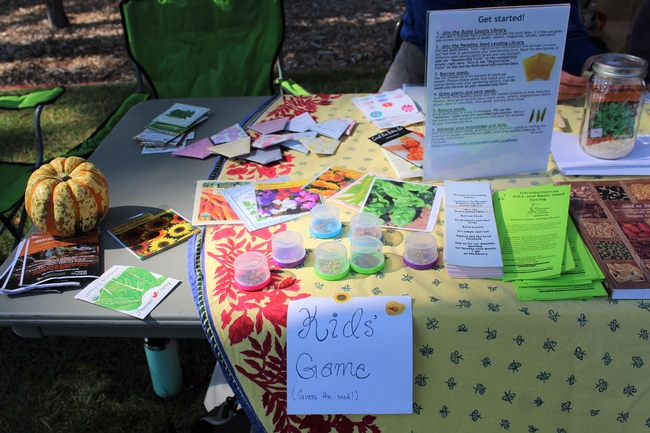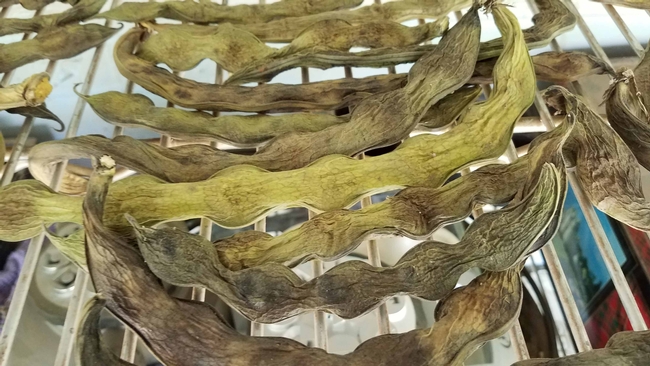Record numbers of people are gardening this spring and victory gardens are rapidly sprouting across the nation. Now is a better time than ever to learn how to save seeds.
People have saved plant seeds for millennia. Saving seeds from home grown vegetables is a connection to our ancestors, allowing future generations to enjoy the same varieties of tomatoes and great-tasting beans that great-grandma grew. Because successful plants reproduce, saving seeds can also increase one's gardening success over time. Plants successful in Chico will be adapted to the hot dry environment of the Central Valley, and their seeds will produce plants that tend to fare better in hot dry conditions than plants from seeds produced in a radically different environment such as the cool foggy coast. Saving seeds helps maintain the genetic diversity of our food supply, possibly helping adapt to new pests and diseases as well as changes in climate. Perhaps the biggest advantages of saving seeds are cost savings and self-sufficiency.
Butternut squash, Jimmy Nardello peppers and fava beans, J Alosi
Some vegetables, like beans and peas, are self-pollinating. These are less likely to cross with other related varieties through insect pollination. Self-pollinating varieties are excellent choices for the beginning seed saver, as some pods can simply be left on the vine to dry out. Once completely dried, remove seeds from pods, place them in envelopes labeled with the variety and date and store them in an airtight container in a dry dark place. A mason jar placed in the refrigerator or freezer makes a good receptacle for seed packets. Properly stored bean and pea seeds should remain viable for three years.
Seed saving, Jennifer Petersen
Peppers cross easily due to pollination. You may notice your sweet bell peppers suddenly take on a spicy hot pepper quality if you don't separate pepper varieties by at least 100 feet or plant barrier crops in between varieties. But pepper seeds are some of the easiest to save; just remove seeds from the fruit and dry them for two to three days on a plate or paper towel. Properly stored pepper seeds remain viable for up to two years.
Sunflower seeds, Jennifer Petersen
Some vegetables require much more care to ensure that seeds do not carry mixed or unexpected character traits. While corn is an American staple in the garden and whole cobs are easily dried, wind pollination leads to easy crossing between different varieties. If you want to save corn seed, grow only one variety in a large patch (or in patches of different varieties separated by 1,000 feet, if you have that much space). Members of the squash family within the same species readily cross and must be separated by a half mile or hand-pollinated to ensure a pure strain. Similarly, cole crops are all varieties of a single species, Brassica oleracea. Cauliflower, broccoli, Brussels sprouts, kale, cabbage, turnips, collard and bok choy will all cross with one another; therefore, growing only one variety at a time is recommended if you plan to save the seed.
Paradise Seed Lending Library, Jennifer Petersen
For more information on saving seeds of all types, consult The Complete Guide to Saving Seeds by R. E. Gough and C. Moore-Gough, Seedsavers Exchange at www.seedsavers.org, your local seed lending library, or Beginner's Guide to Seed Saving” by Paul McCollum, UC Master Gardener of Monterey Bay.
Fava beans drying in pods, J Alosi
